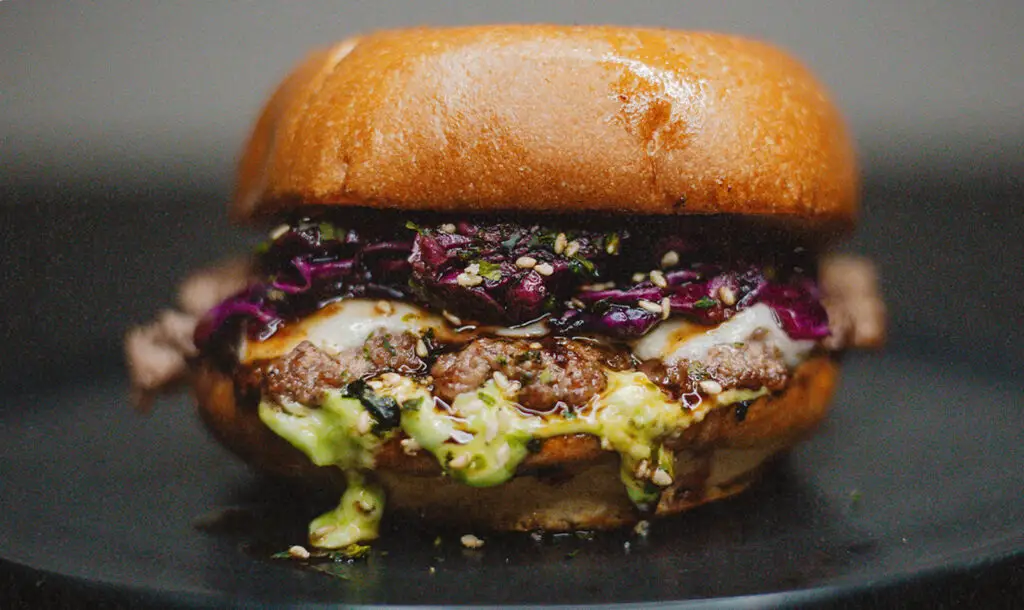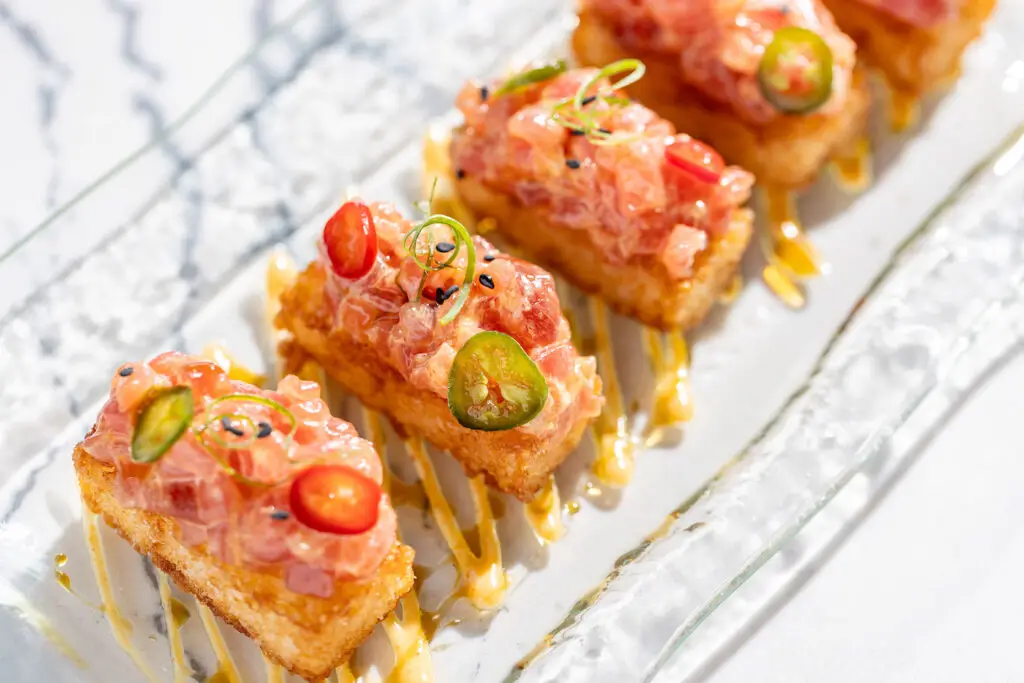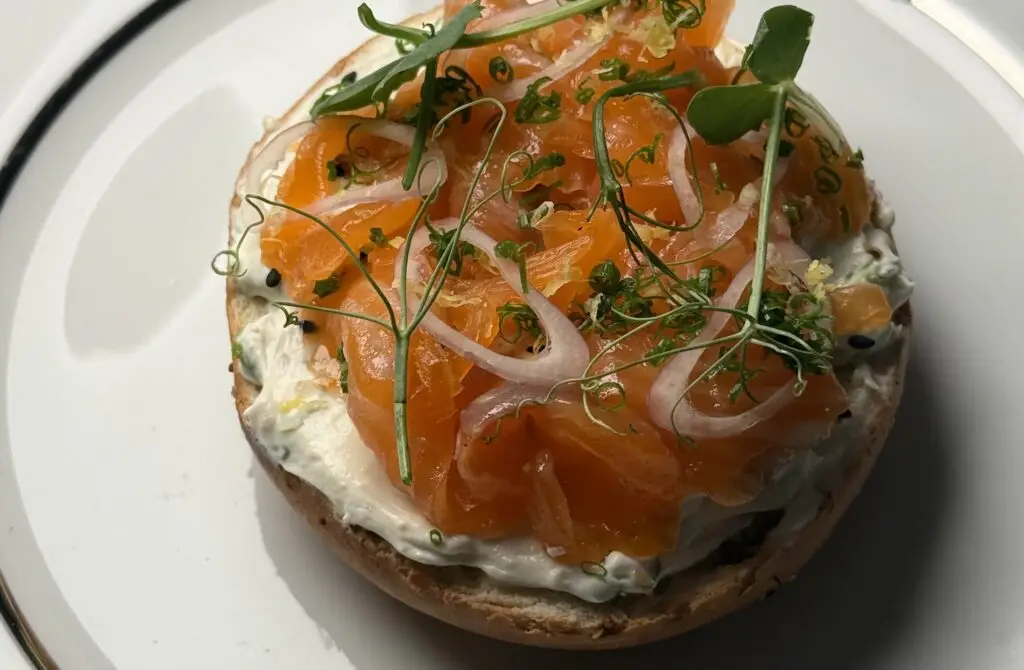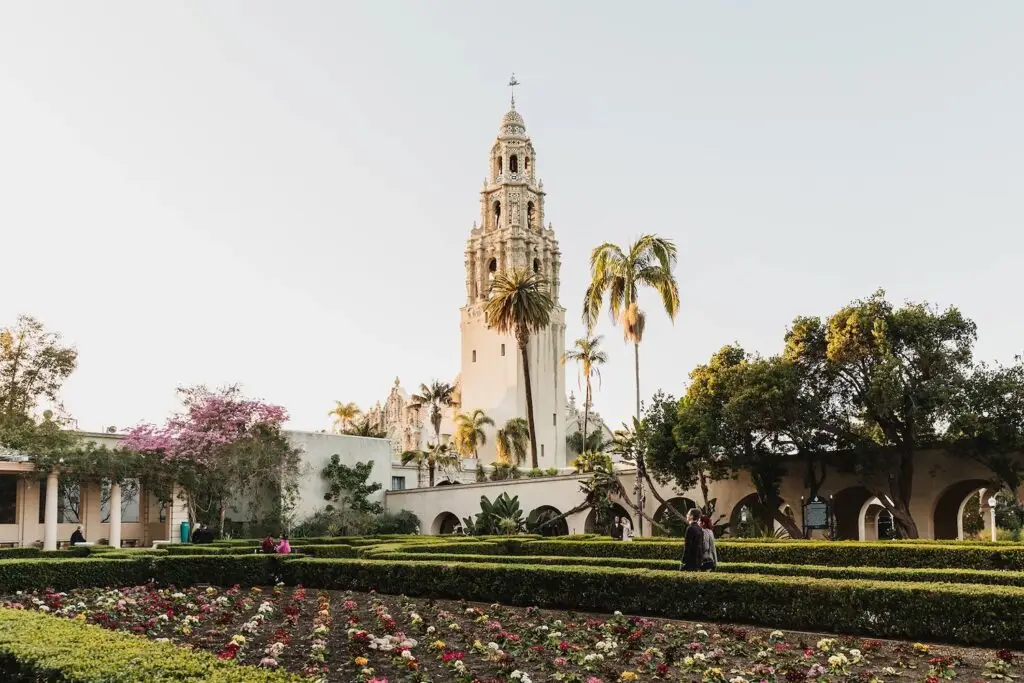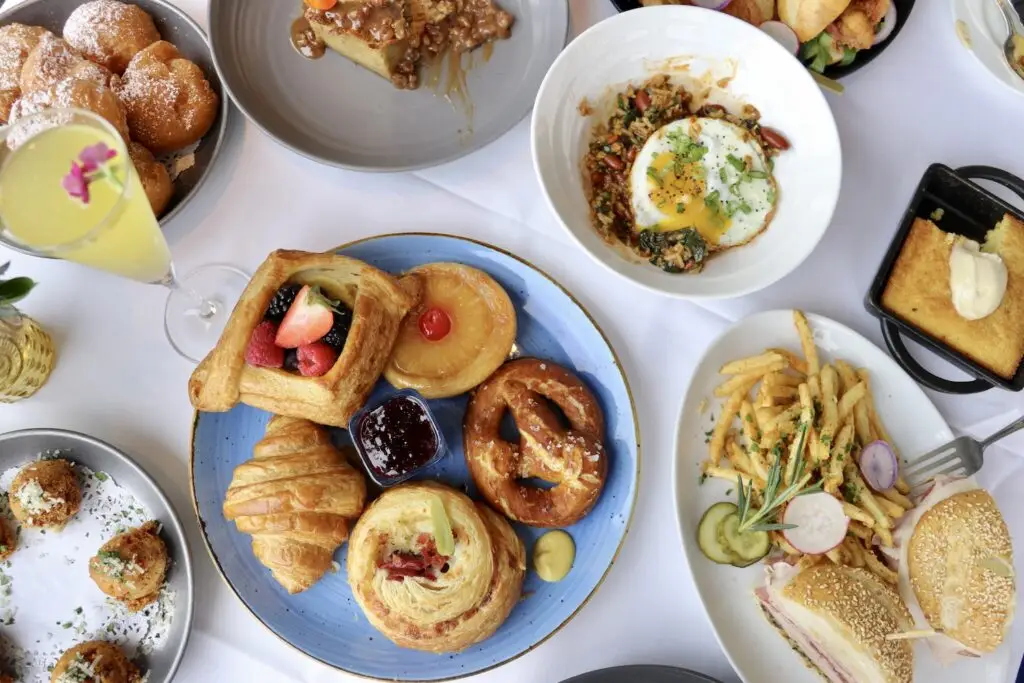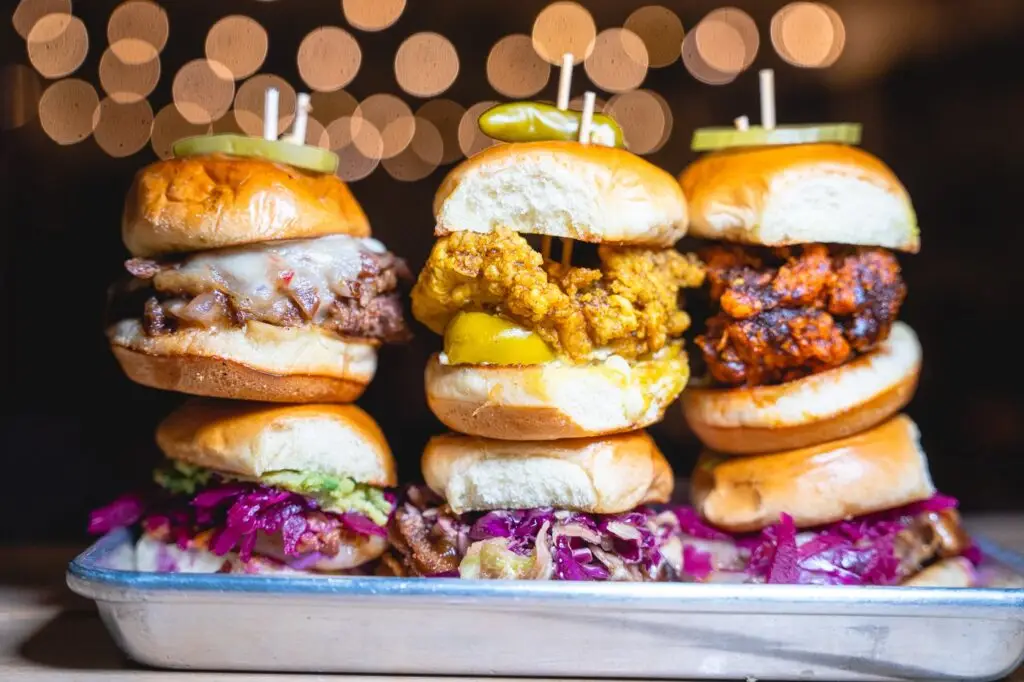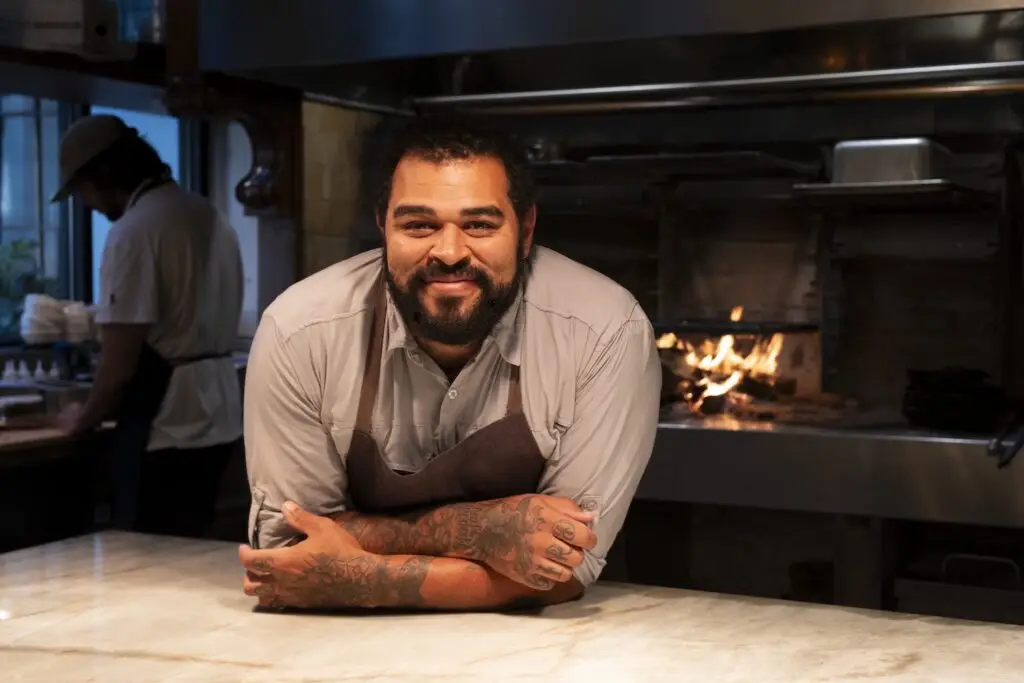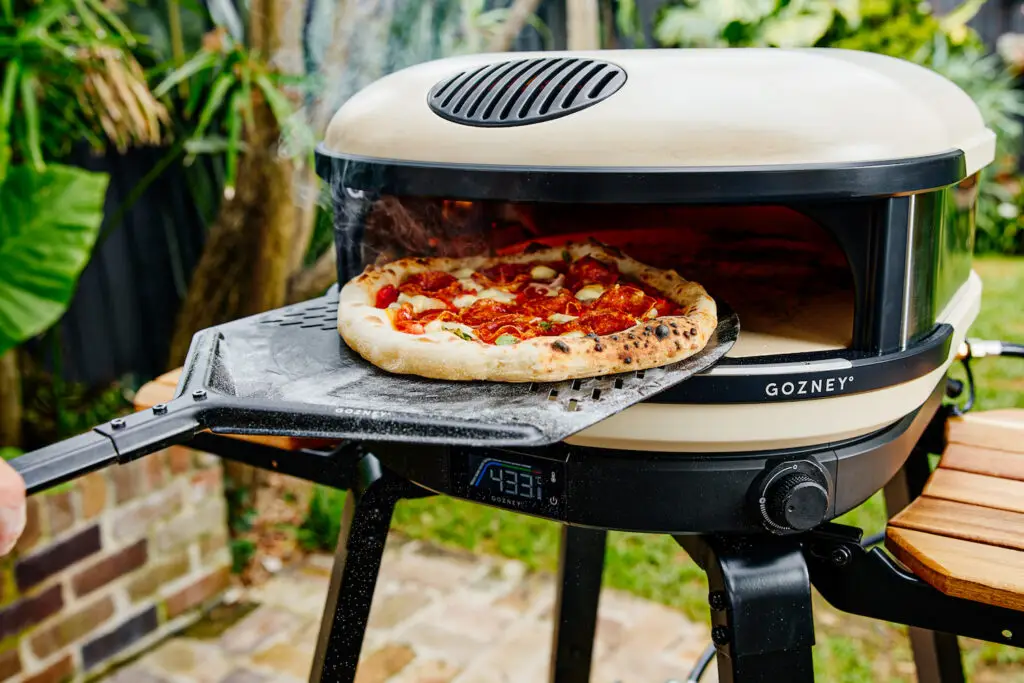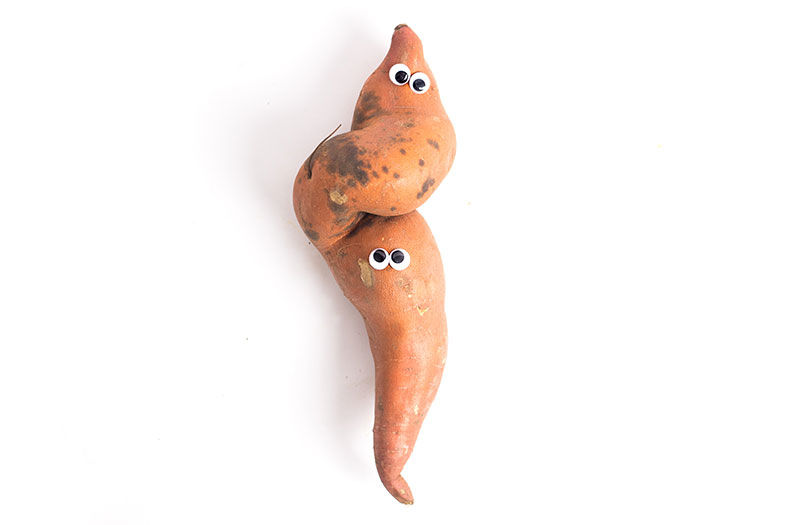It’s hard to blame them, but it’s time to change. That stack of beautiful, perfect apples at your grocery store hides an ugly truth. They’re too pretty. That’s a problem, because Americans waste 40 percent of the food produced every year; we throw out about $165 billion worth of food annually. And major grocers are a big reason for that. Most of them have strict cosmetic guidelines for any fruit they take from farmers. The apples have to be the right size. The peppers can’t be shaped weird. Eggplants can’t look like butts. Some farm workers are taught to not even pick produce that doesn’t fit the grocery standards. Perfectly good, healthy produce that isn’t attractive enough—wasted.
Granted, grocers have to sell food. Branding matters. They believe Americans won’t buy “ugly” fruits or vegetables.
Market by market, Ben Simon is proving them wrong with his company Imperfect Produce. Imperfect takes “ugly” fruit and vegetables from farmers that would otherwise go to waste. They put ’em in a box and send the little freaks of nature to customers, along with googly eyes. Started in San Francisco in 2015, so far Imperfect has saved over 30 million pounds of good, albeit un-handsome, fruit and veggies.
Now they’re expanding their service into the San Diego market. I spoke with Ben about all the whys and hows.
How’d you get into this?
About seven years ago as a college student, friends and I had been involved in fighting hunger through canned food. At one point we saw a lot of really good food wasted at our dining halls. It was the pizza and pasta stations—I still remember it. Whole pizzas and bins of pasta just tossed out at the end of the day. It completely shocked us that our dining hall would waste food while there were so many Americans fighting hunger. So we worked with the dining hall for our first initiative, Food Recovery Network. We did 15,000 pounds in our first semester at University of Maryland. We started to call our friends. Long story short, we’re now at 230 colleges around the country. Through that experience, I started to ask advisors where the most food is getting wasted that could be recovered. And they all pointed toward farms. So I had to go to California. I had somebody take me to farms across the state. I saw how much food is getting wasted because it’s too ugly. Every time, the estimates from farmers were between 15 and 30 percent. They called it “byproduct.” It’s the same exact fruit, just not the right shape or color.
Did you try to talk to grocers?
I’ve learned that grocery stores don’t even fully understand the negative impact on the growers and the market. I spoke at a pitch competition. Various heads of sustainability for mainstream grocers were there, basically laughed me off the stage that regular people would buy fruits and veggies that are shaped like this. They were completely oblivious to what I’d learned from their growers just a few months earlier. This produce is going to waste. We said, “Wow, there are all these people who want to buy ugly fruit and veggies, and at the same time the grocers are skeptical. So rather than try and walk an uphill battle pitching grocers something they don’t want, let’s go directly to the people.”
How is Food Recovery Network different from Imperfect Produce?
FRN is a nonprofit focus with students, delivering to local soup kitchens. Imperfect is a for-profit business. Our mission is to eliminate food waste and to better food systems by recovering these 20 billion pounds.
How’s it work?
It’s a home delivery business. Customers can design their own custom boxes. It’s a lot of fun on our social media. We love to post pictures of our VIPs—very imperfect produce. We always pick out our celebrities, like the eggplant that’s got a nose.
How’s it been received?
We’ve really grown enormously. We’re now serving eight different markets around the country, on the West Coast, the Midwest, and Texas. We’re close to becoming a national brand; we just passed our third birthday. We recently passed 30 million pounds of produce recovered. Press has been a big part of the story. We got tremendously lucky that the media took a huge interest. During our launch, we were covered by PBS, the New York Times, and a whole feature story in National Geographic. A few months into launch, we were on the cover of National Geographic. That was huge.
You’ve said “wasted produce is wasted water.” Explain.
Around 70 percent of fresh water in the US is used to grow food, according to the National Resources Defense Council. Given that we waste about 40 percent of our food, 25 percent of all fresh water is wasted on food that’s never eaten. That’s appalling, especially given recent droughts in California. On average, dozens of gallons of water go into growing every pound of produce. It would’ve taken close to a billion pounds of water to grow the produce we’ve saved.
Why San Diego?
The city’s a no-brainer. Plus my brother, uncle, and cousin live there. They’ve been asking me for years to bring it to San Diego.
What’s involved in a new city launch?
First thing we do is email our existing customer base and post on social media. A lot of our existing customer base in cities like LA and Portland and San Francisco have friends and family in San Diego. They’ll tag them. That largely gets us our first 1,000 or so customers. From there we have an in-person outreach that goes to different fairs and festivals and events. We also do some of the more conventional methods, like Facebook ads.
How do you market this ugly fruit? How do you make people care?
Googly eyes. I’m serious. In her first month or so with the company, one of our chief marketing officer’s biggest initiatives was googly eyes. It helped bring the brand to life, taking these celebrity produce that have so much personality and putting googly eyes on them. We actually put a little packet of googly eyes on every first order. We have a lot of people posting photos of it.
Is it cheaper than buying “perfect” produce at a grocery store?
We pay a different company in each of our markets to scope out the grocery stores every week, and we shoot to beat that by 30 percent. Assuming you put at least 18 or 20 pounds of produce in your box, you should be saving money with Imperfect over a middle-of-the-road grocer. If you create a really small box, like $10, after that $5 delivery it’s on par or a little more expensive than a grocery store.
Gimme the elevator pitch stats.
We’re wasting 40 percent of our food while one in six Americans struggle with hunger. That’s absolutely absurd, and one of the single biggest injustices in our food system. If we recovered just 15 percent of the food we’re wasting, it would be enough to feed 25 million hungry Americans.
Ever think it’d grow this big?
Not a chance in the world. I got into this as a college student volunteer. I didn’t make a dime for the first two years, working 20 hours a week. After that life as a nonprofit, barely making enough to live, I never thought we’d be able to make this a real business. I had no idea there would be any money in food waste. And frankly, I didn’t care.
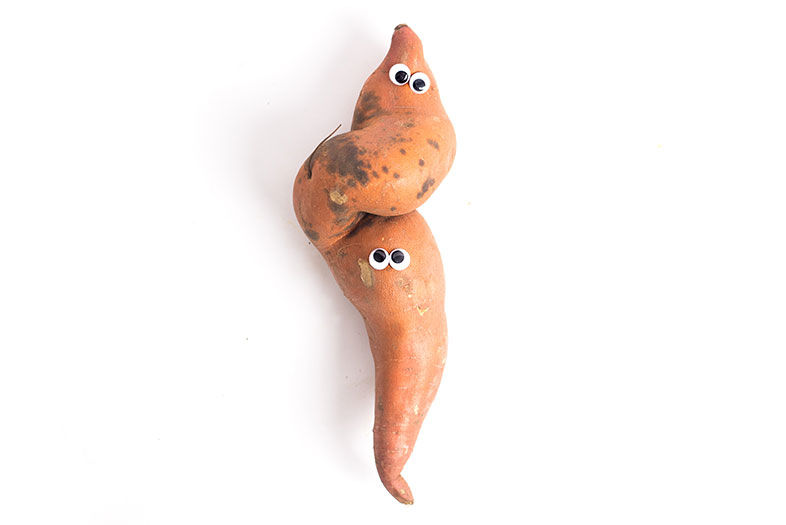
New in Town: Imperfect Produce
